Applications / Services
- Earthquake & Seismic Retrofitting
- Historical Preservation
- Public Infrastructure
- Blast Mitigation / Reinforcement
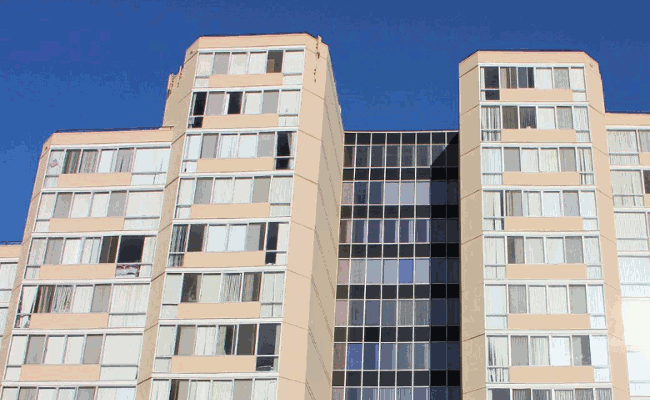 Earthquake & Seismic Retrofitting
Earthquake & Seismic Retrofitting
New ICBO Code, as well as specialized earthquake codes is some jurisdictions reflect that many in place structural designs based on previously engineered safety standards are currently insufficient and out of compliance. FRP technology is the best practices solution for update of these existing structural designs. Most applications that previously required structural steel can now be strengthened with CFRP (Carbon Fiber Reinforced Polymer). Without exception, the use of new FRP technology repairs/retrofitting is accomplished in a fraction of the time and at a fraction of the cost of previous traditional approaches. FRP technology is simply the better quality technology for solving many structural, protection and preservation issues.

Historical Preservation
- Fiber Reinforced Polymers (FRP) can be used in a variety of applications for the preservation of historic and old buildings. The availability of FRP technology makes it financially feasible to save historic structures that just a few years ago were considered beyond preservation. This is especially relevant for many historical sites located on the west coast of the United States.
- FRP based restoration and preservation techniques allow historic masonry or rock buildings to be retrofitted with less or no use of steel. In many instances this change eliminates negative impacts to the aesthetic and intrinsic value of the building.
- Utilizing FRP can eliminate the need for additional required supplemental modifications that would further adversely impact aesthetic and economic value.
- Often the application of a FRP engineered solutions in restoration projects results in effectively converting structurally suspect masonry walls into functional-shear (support) walls.
Blast Mitigation / Reinforcement
Internal explosion containment as well as protection from external explosion threats has become a major concern for a diverse mix of private and governmental agencies. These agencies are meeting their safety responsibilities by utilizing carbon fiber based FRP to shield from potential explosive incidents, to reinforce locations where critical explosive materials are stored, and for reinforcing vulnerable personnel workspaces.
Our principals have completed these types of installations for the Department of Defense, municipal armory facilities, and other agencies where exterior building blast protection was required.
The use of carbon fiber based FRP materials instead of steel for these types of installations results in the highest quality solution that costs less and is a less intrusive process.
Contact Us about Blast Mitigation / Reinforcement Applications

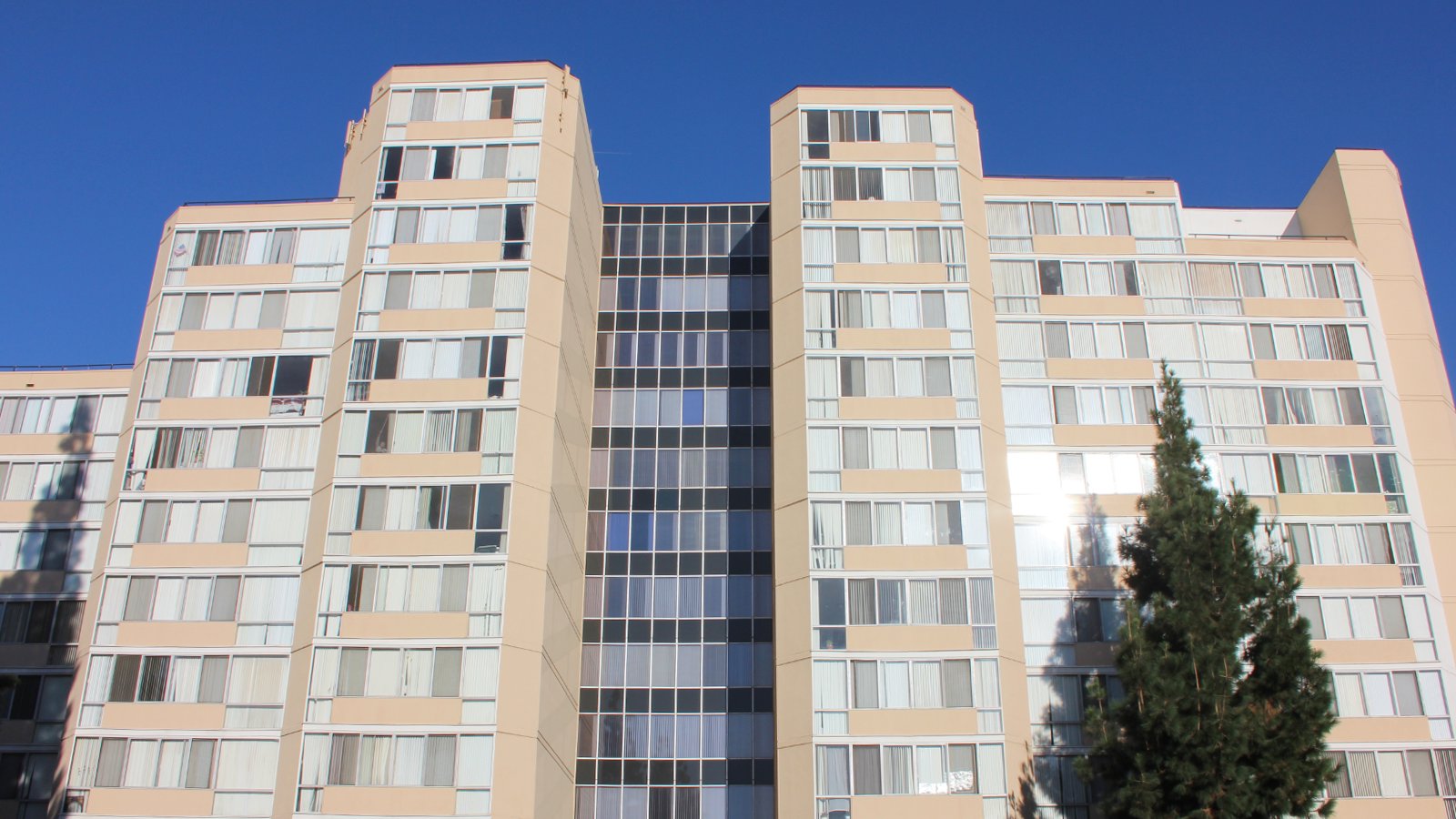
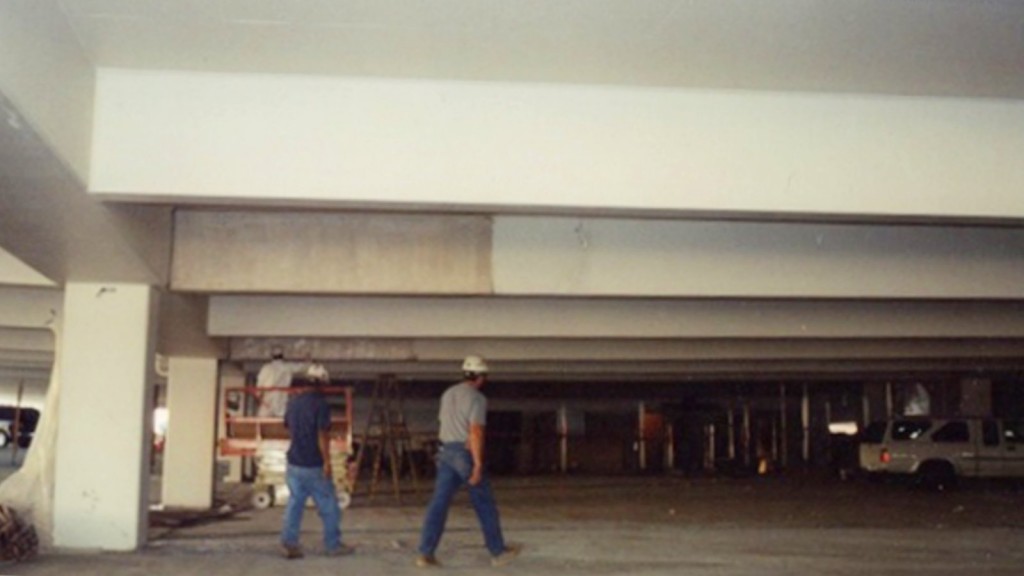
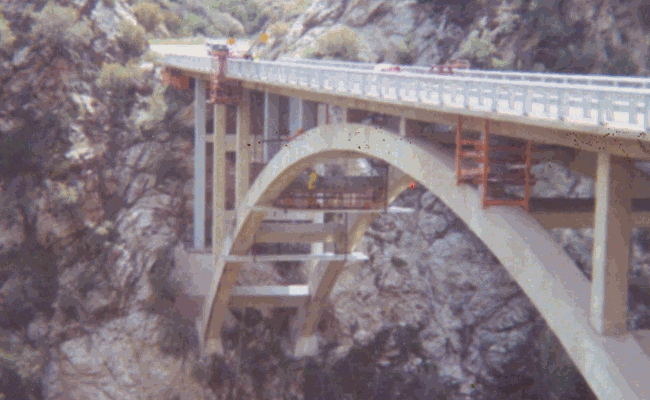
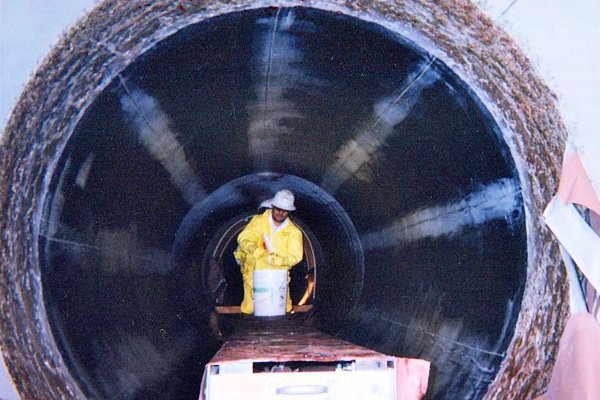 Concrete Pipe Restoration/Repair
Concrete Pipe Restoration/Repair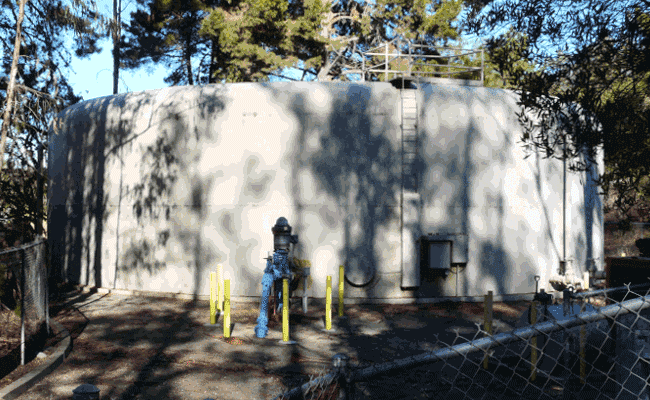 Water / Waste Water Tanks
Water / Waste Water Tanks